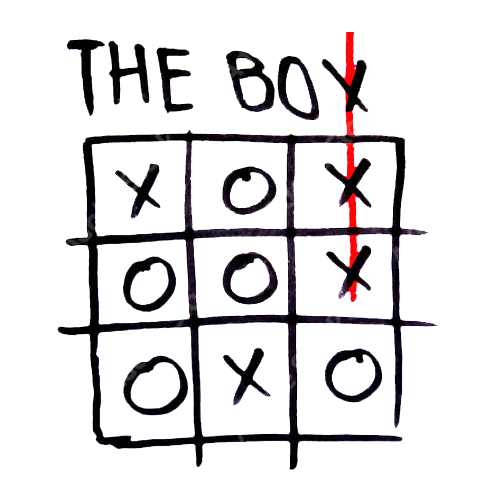Author
Rudolph Victor Nieblas
Share
The Audacity to Bridge: Charting Your Course from Passion to Reality
We all feel it, don’t we? That space—sometimes a whisper, sometimes a roaring chasm—between the fire of an idea in our soul and the tangible reality we yearn to create. It’s the gap between our current “what is” and the breathtaking “what could be.” Whether you’re an entrepreneur nurturing a startup, an artist dreaming of a masterpiece, or anyone with a deep-seated passion to bring something new into the world, this gap is where the journey of purpose truly begins. And the incredible news? You have the power to build the bridge.
This isn’t about wishful thinking; it’s about a systematic, heartfelt voyage from your personal status quo to your most cherished aspirations. It starts with courage.
Step 1: The Unflinching Look – Where Are You, Truly?
Before you can build, you must know the ground you stand on. This calls for an honest, honest, honest personal assessment, specific to your unique goals. No sugarcoating, no glossing over. This is about facing your current reality with open eyes and a brave heart:
- Your Resources: What’s your financial footing? What time can you genuinely dedicate? What skills and expertise do you currently possess?
- Your World: What does your support system look like—family, mentors, cheerleaders? What are your logistical realities, the tools and equipment at your disposal?
- Your Inner Landscape: What’s your experience taught you? What are your personal strengths, and just as importantly, where do you need to grow?
This raw honesty isn’t meant to discourage; it’s the bedrock of your bridge. It’s the brave first step of every “never quit” journey, acknowledging the true starting line.
Step 2: The Vivid Vision – Painting Your Destination
With a clear understanding of your “here,” it’s time to paint a vibrant, soul-stirring picture of your “there.” Where do you truly want to be? What does the ultimate expression of your business idea, your project, your purpose, look and feel like?
Don’t be vague. Dive into the details. What results define this success? What impact are you making? What does your day-to-day look like when this vision is manifest? The more clarity and passion you pour into this vision, the more magnetic it becomes, pulling you forward across the bridge you’re about to construct.
The Blueprint: From a Determined Heart to a Realized Dream
Building this bridge isn’t about luck; it’s about a critical path, a sequence of deliberate steps. It’s about understanding what needs to happen to connect your present to your envisioned future.
Let me share a story that beautifully illustrates this. A gentleman, with a dream of owning a laundromat, approached a loan officer. She couldn’t approve his loan based on his current circumstances but, crucially, she didn’t just say no. She handed him a list—about a dozen things he needed to address regarding his finances and readiness. Many would have walked away, defeated. But this man saw that list as his personal blueprint, the detailed plan for his bridge.
For nearly a decade, with unwavering determination, he worked through every single item on that list. When he finally returned to the same loan officer, she was astonished. He still had that tattered list, every point meticulously checked off. Not only did he secure the loan for that first laundromat, but he also bought the building it was in. Fast forward four more years, and he owned several thriving locations. He had a clear roadmap and the tenacity to follow it, step by painstaking step.
His journey shows us that bridging the gap is systematic:
- Define Milestones: What are the major landmarks on your journey to that vivid vision?
- Break It Down: What smaller, actionable steps lead to each milestone?
- Sequence Wisely: What needs to happen first? What follows?
- Resource with Honesty: What do you need (time, money, help) for each step? Refer back to your honest assessment.
- Set Intentional Timelines: When will you achieve these steps and milestones?
Crafting with Excellence, Building to Last
As you lay each plank of your bridge, infuse it with operational excellence. Even in the early days, consider the best, most efficient way to perform your core activities. This isn’t about perfectionism; it’s about respecting your passion enough to build with quality and intention.
And as you fine-tune these systems, take a moment to document how you do things. Simple “how-to” notes or checklists might seem small, but they are the seeds of scalable systems. When it’s time to bring in help, to expand your reach, this documentation makes training simpler, ensures consistency, and allows your passion project to grow beyond your individual capacity, creating a legacy that lasts.
The Bridge Is Yours to Build
The gap between your present and your purpose-driven future might seem vast, but it is crossable. It requires that unflinching look inward, a vibrant vision forward, and the audacity to lay down one plank, one step, at a time. The journey requires passion, yes, but also a plan. Embrace the systematic approach, hold fast to your purpose, and never, ever quit on the dream that sets your soul on fire. Your bridge is waiting. Start building it today.






